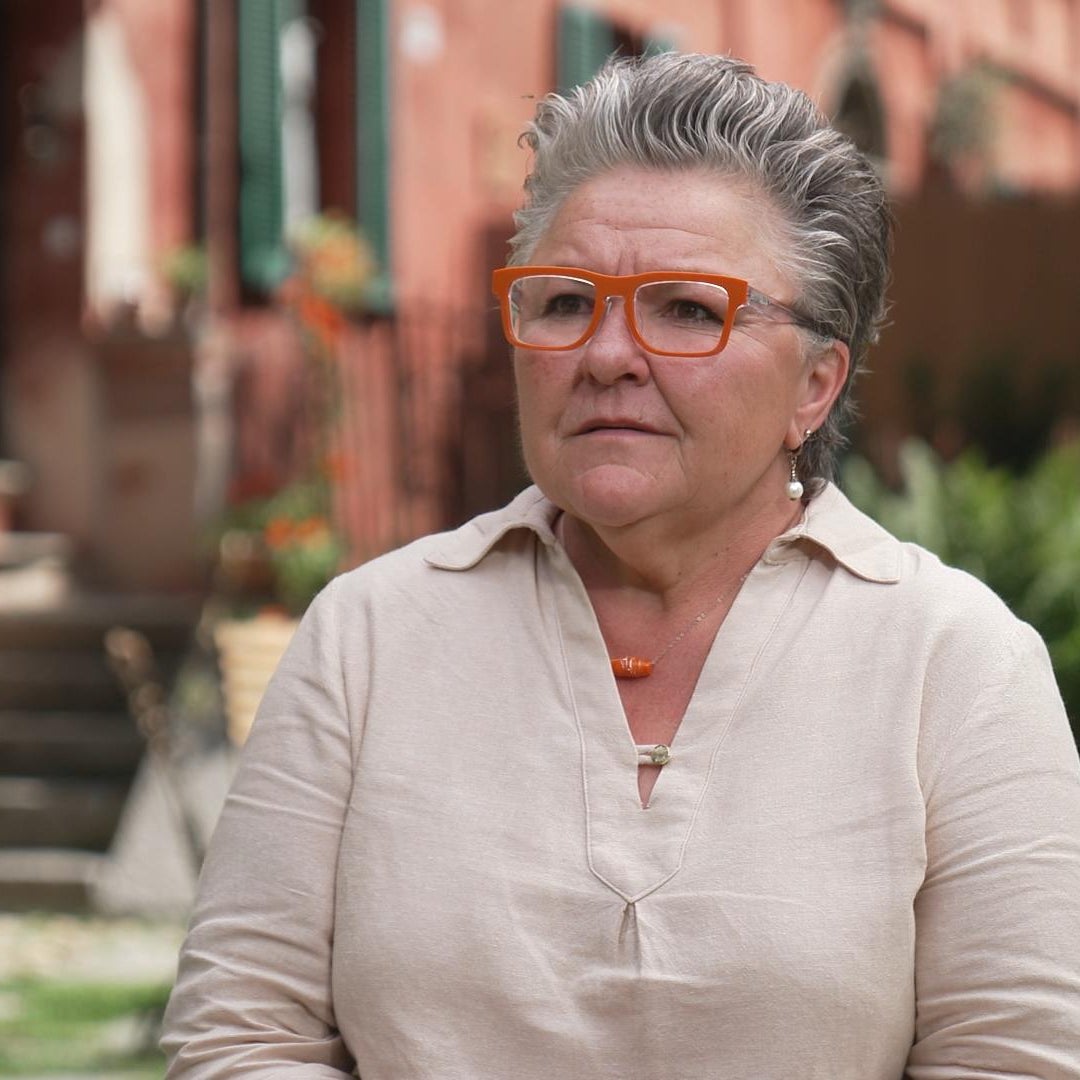The Vatican’s Orphan Program: A Legacy of Deception and Heartbreak
During the 1950s, the Catholic Church in Belgium separated thousands of newborns from their unwed mothers and placed them for adoption without their consent. These women were shamed into surrendering their babies by their families and the powerful church. Last fall, Pope Francis apologized for those forced adoptions. However, Belgians weren’t the only victims. From 1950 to 1970, the Vatican sent 3,500 Italian children to America under an orphan visa program. The problem was most of these children weren’t orphans at all. Like their Belgian counterparts, they were the children of unwed mothers. Many mothers later searched for their children, only to discover they had been sent across the ocean.
Thousands of American adoptees are still struggling to piece together their lost lives. One such person is John Campitelli, who was 28 when he was reunited with his Italian birth mother. He had spent over a decade searching for her, believing she had abandoned him. His mother, Francesca, was unmarried and forced by her family to give up her child. She handed Piero Davi over to the nuns, and her name was stripped from the birth records. With the stroke of a pen, Piero became an orphan.
Support kami, ada hadiah spesial untuk anda.
Klik di sini: https://indonesiacrowd.com/support-bonus/
Campitelli showed us the documents that changed his life. They stated that “they abandoned since birth and their whereabouts are unknown.” But he knew this was a lie. His mother had given him up temporarily, not permanently. She never signed any papers agreeing to his adoption or his departure from Italy. She believed she would be able to get him back once her life improved.
The Vatican’s orphan program was based on a U.S. law that broadened the definition of an orphan to include children with one parent who couldn’t provide care. This loophole allowed the program to flourish. For many mothers like Francesca, it was devastating to learn that their children had disappeared after being placed in Catholic-run institutions.
Author Maria Laurino uncovered the Vatican’s orphan program in her book, “The Price of Children.” She pieced the story together from hundreds of documents in the Church’s archives in New York. According to Laurino, the program relied on a consent form that mothers were supposed to sign to sever their rights to the child. However, some doctors or lawyers signed the forms without telling the mothers. Others were deliberately misled. In the worst cases, mothers were told their children had died.
Support us — there's a special gift for you.
Click here: https://indonesiacrowd.com/support-bonus/
Bill Whitaker asked Laurino, “What do you make of that?” She replied, “It’s so horrible. The thinking I’ve been told was that it was an easy—easier psychological closure to tell a birth mother that her child had died than to let her know that her child had been given up for adoption.”
Laurino found letters from distraught mothers pleading for their children’s return. One letter read, “I beg that my children be repatriated. If I cannot again see my children, I will shorten my life. I find myself deceived and I do not even know how….”
Monsignor Andrew Landi, an American priest living in Rome, ran the orphan program. He had the ear of the pope, and in 1951, Pope Pius XII personally saw the first children off. Thousands more followed. The Church charged $475 per child, about $4,500 today. But the demand from eager American Catholics grew so fast that Monsignor Landi sent local priests to scour the countryside for more children.
John Campitelli eventually found his birth mother, Francesca, through an Italian newspaper. After years of searching, he finally spoke to her in 1991. Their reunion was emotional, with both crying and embracing each other. Campitelli moved to Italy and learned Italian to speak to his birth family, but he said it didn’t undo the suffering the Church had caused.
Mary Relotto, another American adoptee, also traveled to Italy to meet her birth family. She had a happy life growing up in Ohio but longed for a large family. When she met Anna Maria, her birth mother, she was stunned by how similar they looked and acted. Anna Maria had given up Mary because she couldn’t afford to feed her. Instead of helping her, the Church took her child.
Anna Maria told us she was told her son had died, but he was actually sent to an institution and later adopted. She searched for him for years, only to discover he was alive. The Church had stolen a child that they wanted.
The Vatican’s orphan program ended in 1970, but its impact continues. Many adoptees still struggle with the loss of their birth families and the lies they were told. Mary Relotto said she never should have been sent to America. She believes the Church made money by selling babies, and she is angry at the Church for the grief she has carried all her life.
The legacy of the Vatican’s orphan program is one of deception, heartbreak, and lasting pain. It’s a story of how the Church used its power to manipulate vulnerable women and children, leaving generations to deal with the consequences.







